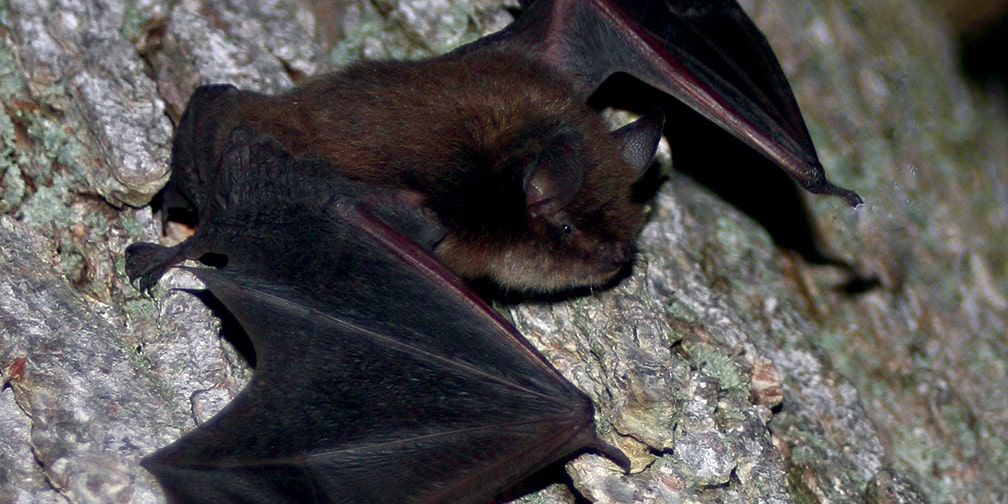
Bat Chat
Overall Goal
Through a deep discussion about the important roles of bats in local ecosystems and across North America, students will gain a better understanding of the importance of biodiversity and how humans can have an impact on the bat populations and the environment.
Grade 6 Curriculum Connections
Science and technology - Understanding life systems - Biodiversity
- assess human impacts on biodiversity, and identify ways of preserving biodiversity
- investigate the characteristics of living things, and classify diverse organisms according to specific characteristic
- demonstrate an understanding of biodiversity, its contributions to the stability of natural systems, and it benefits to humans
- Connect to STEM and Big Ideas (Fairness & Equity, Systems, Community, Diversity, Interdependence, Ability to Make a Difference, Equilibrium)
Program Description
Bat Chat, is an evening program. Bats are the second largest group of mammals, accounting for 20% of the world’s mammal species. The bat program is an excellent introduction to biodiversity, endangered species and the role of bats in maintaining healthy ecosystems.
A power point presentation introduces students to the world of the 40 different species of North American bats. Spectacular photos highlight the unique species adaptations, bat ecology, echolocation, their role in pest management, disease and the negative and positive impact of humans on bat populations.
Students will examine natural artifacts such as a preserved bat and bat skeleton. Close observation of an actual bat and its unique features, will open up group communication to dispel any preconceived notions of bats and bat myths. Inquiry based discussion will lead to discussions on flight, adaptations for suspension, rotation and prevention of falling.
Outside students will engage in a number of activities to attune their senses. Bat detectors will allow students to hear the bats hunting, even in total darkness where they cannot be seen. The quiet skies come alive with the sounds emitted by bats that have never been heard by the students before.
Success Criteria/Learning Goals
1. Students can describe echolocation in bats and name two other mammals that have this adaptation and its connection to human technology.
2. Students can classify bats (order chiroptera) by identifying their main physical characteristics through the use of natural artifacts such as a preserved bat and bat skeleton
3. Students can make comparisons between the wing of a bat and the hand of a human
4. Students can identify ways in which humans impact bat populations both negatively and positively
5. Students can list the benefits of bats to an ecosystem and to humans
Pre-Trip Activity
Read the story Stellaluna by Janell Cannon. Listen to the song Echolocation by Jump Start on you tube: https://www.youtube.com/watch?v=Hr-Y2Tt8gFE
Try out these echolocation activities with your students:
https://www.teachengineering.org/activities/view/cub_soundandlight_lesson4_activity1
Next Step Environmental Action
Students can take a personal quiz to determine their ecological footprint and how much land it takes to support their lifestyle. The results from this quiz can help students focus on ways in which they can change their impact on the earth and small ways they can reduce their resource consumption and make a difference.
Resources
Salmon Forest (this link will bring you to the TDSB Virtual Library to check for book availability at all TDSB schools)by David Suzuki (Author), Sarah Ellis (Author), Sheena Lott (Author)An excellent introduction to biodiversity and the importance of every living thing within our natural world. This book goes further than Wolf Island making a stronger connection between the forest and the animals. It also connects nicely to humans and our food.
For more resources please see Learning Resources on our website under Biodiversity.
This activity can be done during the spring early summer and fall of the school year.